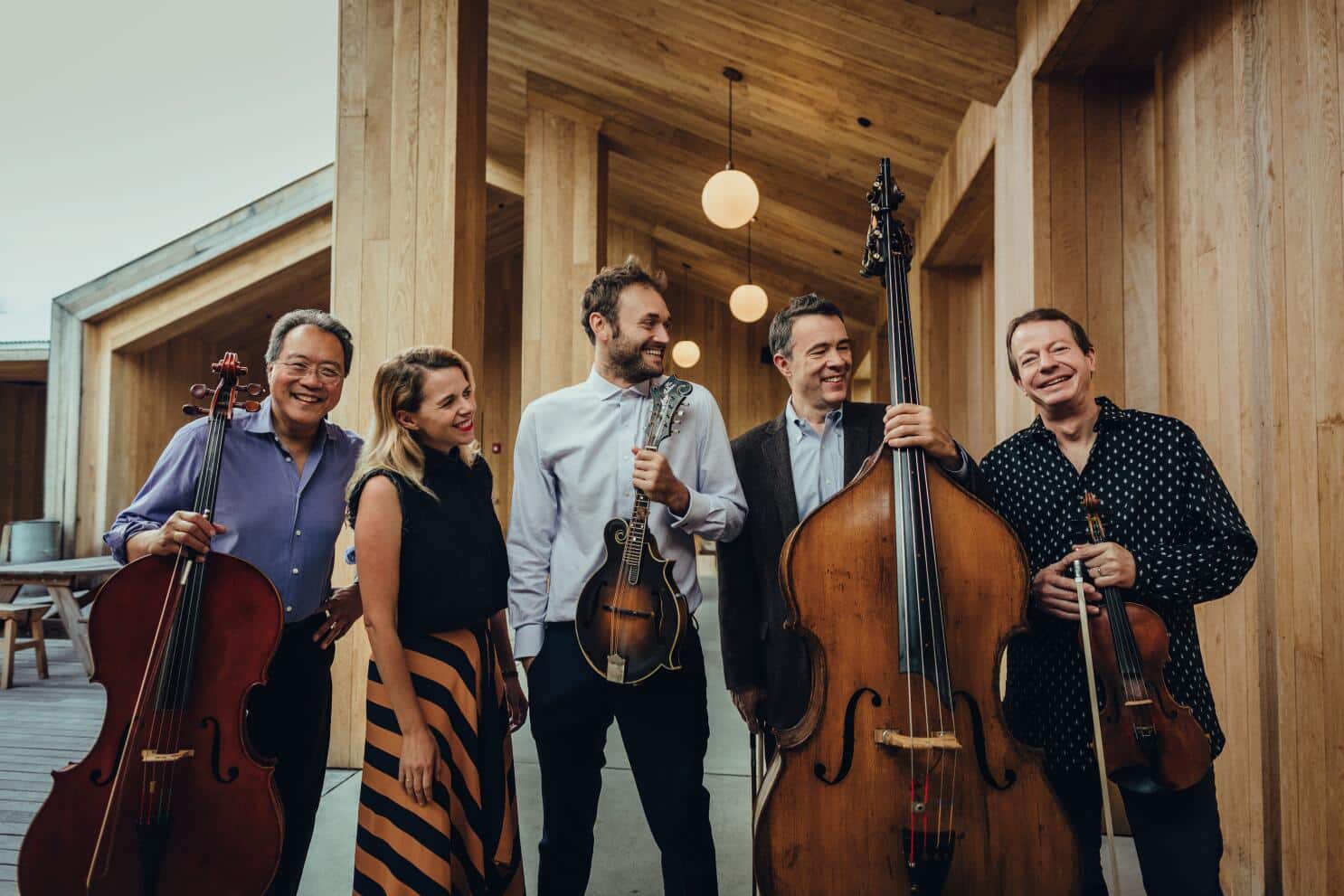The violin is an instrument that has charmed audiences for centuries, evoking a wide range of emotions through its melodious and sometimes mournful strings. It has been an accompaniment to human life’s many scenes, from grand concert halls to intimate street performances. But what if the violin’s strings were to be taken up by an unexpected musician, one with hooves and horns? Imagine a scene not out of a concert hall, but perhaps out of a pastoral fantasy: a goat playing the violin.
Indeed, the visual of a goat playing the violin is one that sparks the imagination and tickles the fancy. It’s a picture that blends the rustic charm of the countryside with the refined elegance of classical music. While the idea seems plucked from a storybook, it evokes a curiosity about the relationship between animals and music that has been explored in various forms of art and literature throughout history.
This imagery has not only inspired countless artists and storytellers but also speaks to the universal language of music. Across cultures and eras, animals have been depicted as musicians in fables and folklore, often to teach lessons about life, to entertain, or to simply marvel at the whimsical idea of a non-human creature producing human-like art. The notion of a goat serenading the fields with a violin might seem far-fetched, yet it is these imaginative concepts that fuel creativity and joy.
In the realms of high culture and academic study, there have been explorations into the musical capabilities of animals. Researchers have studied the effects of music on animal behavior, and while a goat may not play the violin in reality, animals have been shown to react to music. This intersection of animal behavior and musicology provides an enchanting field of study, with scholars examining how creatures from birds to whales use sound and music as part of their communication systems. To delve deeper into the scientific explorations of animals and music, esteemed institutions like The Smithsonian and The Royal Society have published fascinating insights.
While no museum currently exhibits a goat violinist, the idea has been represented in various artistic mediums. High-authority sources in the art world such as The Metropolitan Museum of Art often feature collections that showcase the anthropomorphic portrayal of animals in art. These collections often serve as a testament to humanity’s enduring fascination with seeing aspects of ourselves reflected back at us in the animal kingdom, whether through art, storytelling, or music.
On the lighter side of things, the entertainment industry has also had its fair share of musical animals. Though more commonly seen in animated films and children’s books, these portrayals continue to endear audiences and spark the imaginations of children and adults alike. The charm of a goat with a violin under its chin, playing a tune as the sun sets over a peaceful meadow, is a scene that transcends age and culture, appealing to the childlike wonder in us all.
While no museum currently exhibits a goat violinist, the idea has been represented in various artistic mediums. High-authority sources in the art world such as The Metropolitan Museum of Art or The Louvre often feature collections that showcase the anthropomorphic portrayal of animals in art. These collections often serve as a testament to humanity’s enduring fascination with seeing aspects of ourselves reflected back at us in the animal kingdom, whether through art, storytelling, or music.
On the lighter side of things, the entertainment industry has also had its fair share of musical animals. Though more commonly seen in animated films and children’s books, these portrayals continue to endear audiences and spark the imaginations of children and adults alike. The charm of a goat with a violin under its chin, playing a tune as the sun sets over a peaceful meadow, is a scene that transcends age and culture, appealing to the childlike wonder in us all.
In practical terms, while goats won’t be taking up the violin anytime soon, the therapeutic effects of music on animals have been recognized by many. Some farmers play classical music to soothe their herds, and anecdotal evidence suggests that animals can enjoy and even be calmed by music, although their taste in music might differ from ours.
In the grand tapestry of life, music and animals hold significant places. The fusion of the two into a single image – a goat playing the violin – might serve as a symbol of harmony between nature and the arts. It’s a reminder of the joy found in the unexpected and the beauty in the blending of worlds.
As an endnote, while goats may not have the dexterity to perform Paganini’s caprices, they do bring their own brand of music to the world. Anyone who has spent time in their company will attest to the rich variety of sounds they produce. From the tender maa of a kid calling for its mother to the robust bleats of a herd at play, goats create a pastoral symphony that, while lacking the structure and formality of violin concertos, is music all the same.
In conclusion, a goat playing the violin is a playful and endearing concept that reminds us of music’s broad appeal and its ability to cross the most unbridgeable gaps — even between species. It invites us to dream, to create, and perhaps listen a little more closely to the natural symphony that surrounds us every day.

